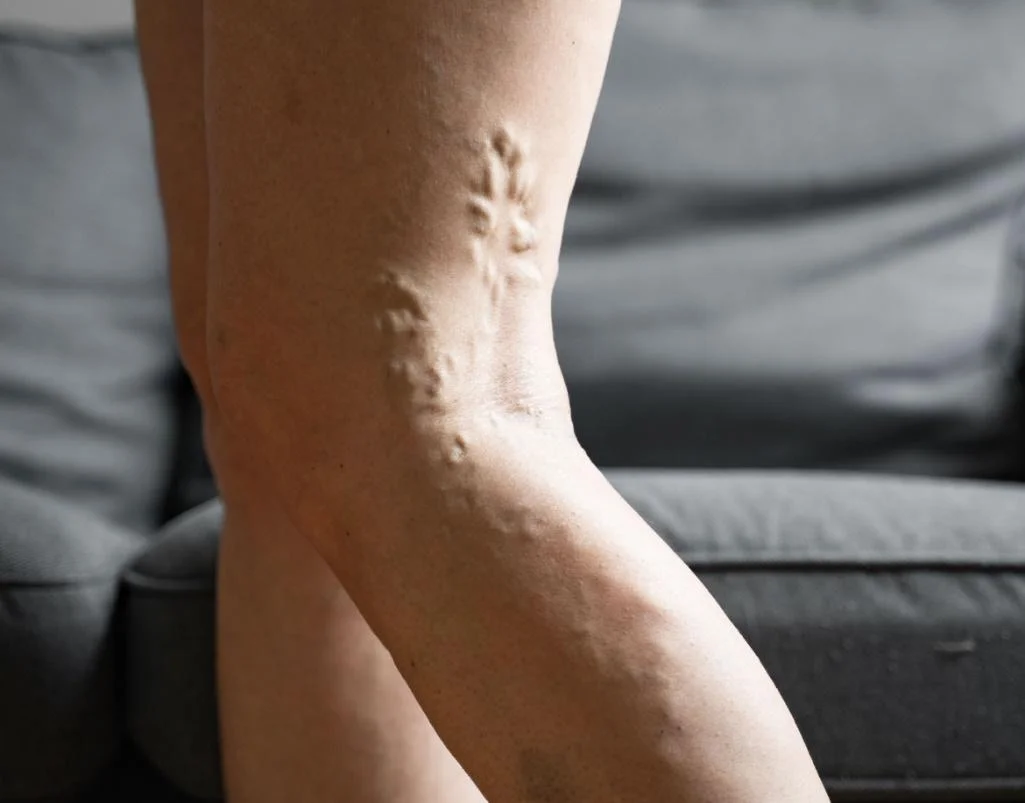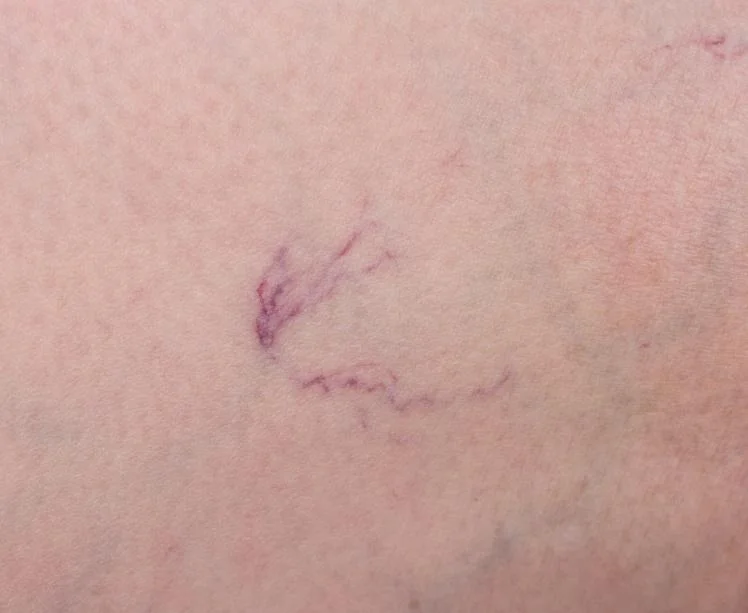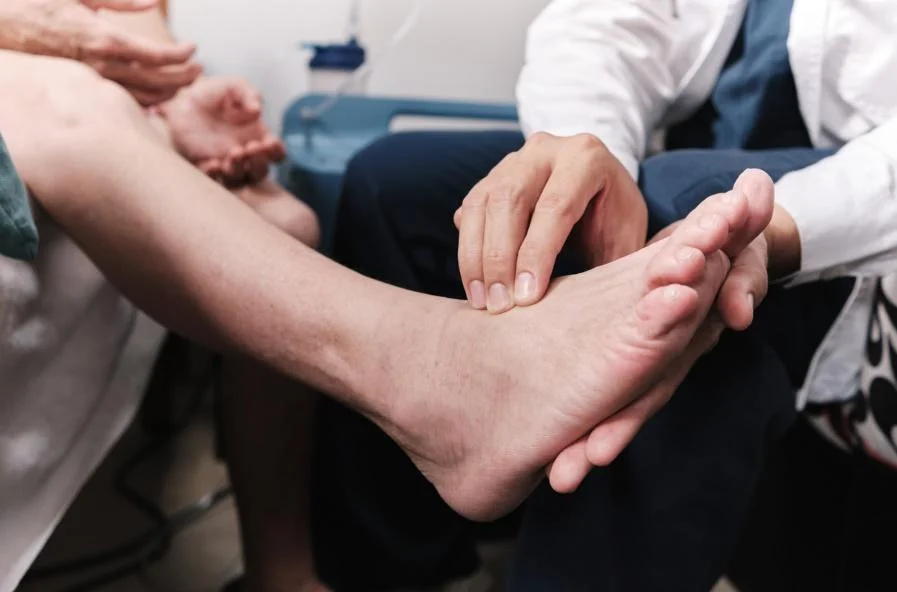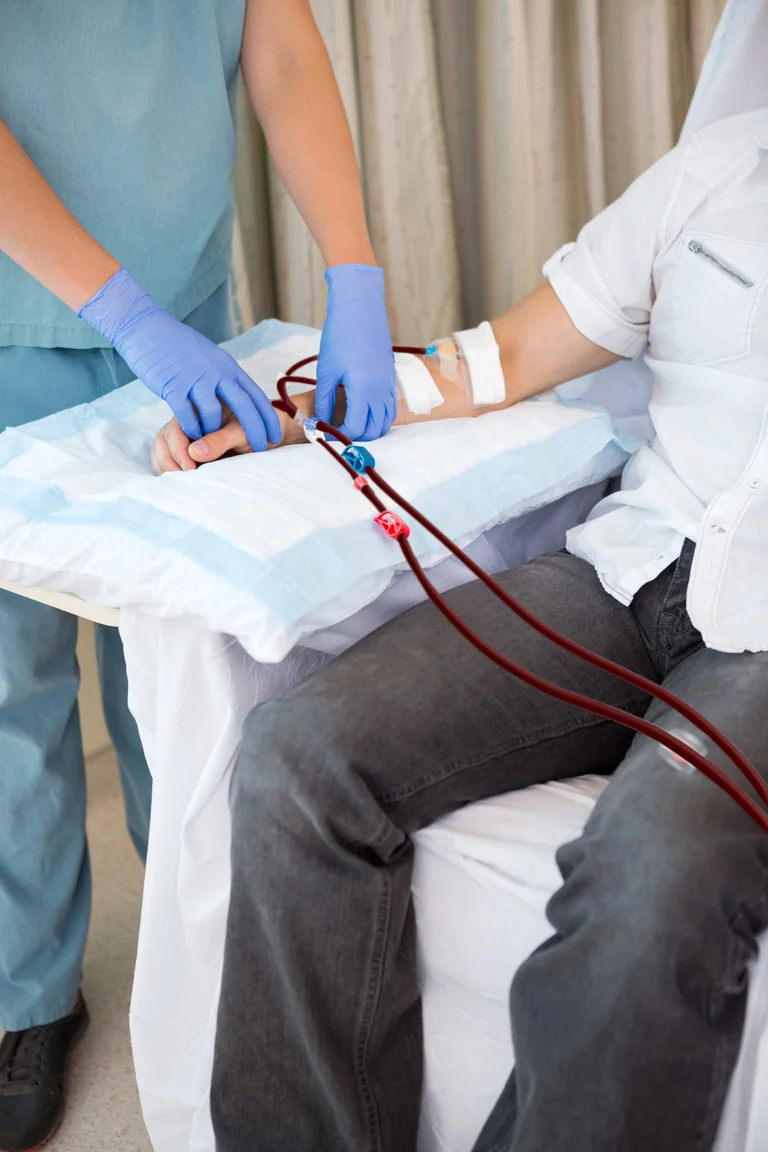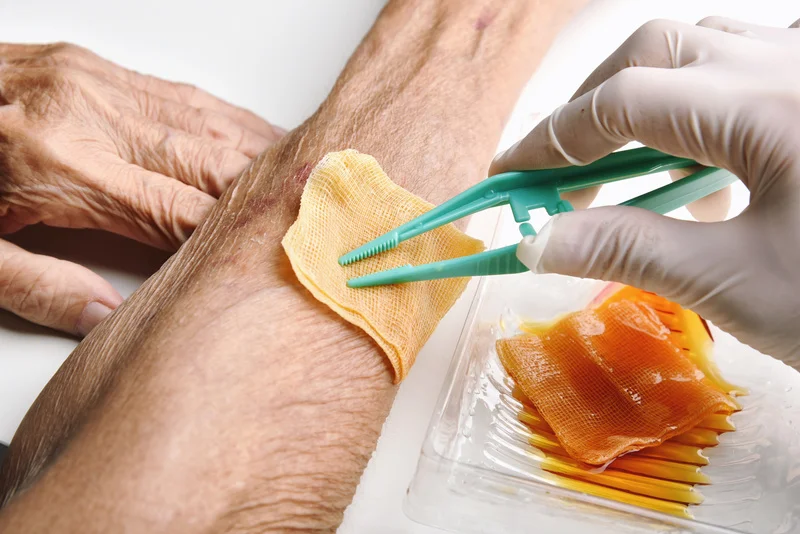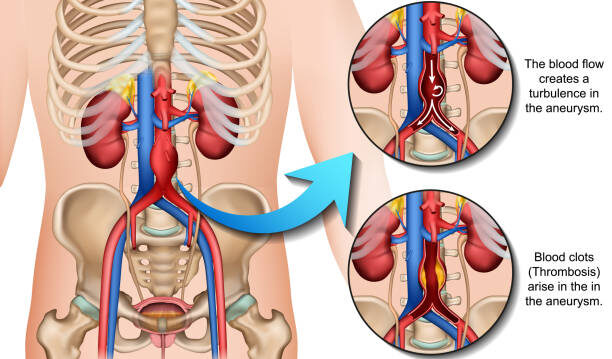For many travelers, flying is a gateway to adventure, family reunions, or professional opportunities. Yet, while jetting off to a new destination is exciting, it’s important to recognize the hidden risks that can linger long after you’ve stepped off the plane. Deep vein thrombosis (DVT)—a condition where blood clots form in the deep veins of the body, often in the legs—sometimes emerges as a quiet, unexpected threat. Understanding when and how DVT can develop after a flight can help you stay one step ahead of potential complications.

Understanding Deep Vein Thrombosis (DVT)
DVT arises when blood clots form in veins that lie far beneath the skin’s surface, most frequently in the legs. These clots can partially or entirely block blood flow, leading to swelling, discomfort, and pain that may appear without an obvious trigger. Although many people associate DVT with prolonged inactivity, it isn’t always top-of-mind when planning a long trip. Still, it’s crucial to pay attention, as a clot that breaks free can travel to the lungs, resulting in a dangerous pulmonary embolism (PE). When it comes to extended air travel, being aware of the connection between hours spent seated in a cramped cabin and the onset of DVT can make all the difference in protecting your health.
How Long After a Flight Can DVT Occur?
Research suggests that DVT can surface any time between a few days to about four weeks after a long-haul journey, although the highest risk typically appears in the first two weeks following your trip. The reason lies in the reality of long flights: for several hours, your legs remain still, limiting circulation. Combined with the cabin’s lower pressure, reduced humidity, and the natural tendency to drink less water while aloft, these conditions nudge the blood toward clotting.
Not everyone is equally at risk, of course. Your personal health profile plays a significant role in whether a post-flight DVT will develop. A history of clots, recent surgeries, certain hormonal medications, obesity, pregnancy, and genetic conditions that affect blood clotting can all raise the likelihood. Recognizing these individual factors allows you to take the right steps—both before and after flying—to mitigate the dangers.
Why Does Air Travel Trigger DVT?
Long-haul flights create a perfect storm for clot formation. Sitting for hours on end causes blood to pool in the lower legs, slowing circulation. The airplane’s pressurized cabin can also influence how the blood behaves, encouraging it to thicken just enough to increase clotting risk. Add the dryness of in-flight air, which can lead to dehydration, and you have a series of subtle changes that, together, can elevate your chances of a DVT forming after you land.

If you’ve had problems with circulation before, or if you have conditions that affect blood clotting, the environment of a long flight can be challenging. It’s essential to listen to your body during and after travel. Watch for signs like leg swelling, unexplained pain, discoloration, or a persistent feeling of warmth in one leg. These clues may seem small, but if you notice any of them in the days or weeks after your journey, consider seeking medical advice. It’s always better to err on the side of caution, since an untreated clot can lead to severe complications.
Reducing Your DVT Risk While Traveling
Fortunately, you can take action before you board to reduce your DVT risk. Staying well-hydrated makes a meaningful difference; sipping water throughout the flight helps keep the blood flowing smoothly. While you’re in the air, getting up every so often to walk up and down the aisle can break the pattern of prolonged sitting. Even if cabin space limits your mobility, subtle exercises—such as flexing and pointing your feet, rolling your ankles, or lifting your knees—encourage better circulation without leaving your seat. It’s often helpful to wear compression stockings, which gently squeeze the legs to prevent blood from pooling, especially if you already know you have certain risk factors for DVT.
There are also more proactive approaches. If you are at high risk, a consultation with a vascular specialist before your trip could be invaluable. In some cases, a doctor might recommend medication, such as a blood thinner, to reduce the likelihood of a clot forming. However, these medications come with their own precautions, so it’s important to follow professional guidance.
When to Seek Medical Advice After Your Trip
If you notice leg swelling, pain, redness, or warmth in the days following your flight, don’t hesitate to get it checked. More urgent symptoms, such as sudden shortness of breath, chest discomfort, or a rapid heartbeat, could indicate a pulmonary embolism—an emergency situation that requires immediate care. If you discover that you have developed a DVT shortly before a planned flight, postponing your trip may be safer, as flying with a known blood clot can heighten your risk of severe complications. In most cases, doctors suggest waiting about four weeks after treatment before embarking on another long-haul journey.
Looking Ahead for Frequent Flyers
If you frequently travel for work or pleasure, it’s worth taking a long-term approach to managing your DVT risk. Maintaining a healthy weight, exercising regularly, and avoiding smoking are all steps that support healthier blood flow. Managing chronic conditions like high blood pressure or diabetes can also lower your risk over time.
At our clinic, we understand how important it is to enjoy the freedom and excitement of travel without constant worry. Dr. Darryl Lim can provide a personalized assessment based on your unique medical history, guide you through the best preventive measures, and, if necessary, suggest treatments such as compression stockings or anticoagulants. By taking the time to discuss your options and understand your body’s needs, you can embark on your next journey feeling confident, prepared, and well-informed.
Need Expert Vascular Care?
Book an appointment with Dr. Darryl Lim today and get a personalized treatment plan for your vascular health.

Book Your DVT Assessment Today
If you’ve been wondering “How long after a flight can DVT occur?” or if you’re concerned about your overall risk, consider scheduling an assessment. Informed travelers can venture into the world with greater peace of mind. Let us help you take proactive steps toward safeguarding your health, so you can continue exploring, connecting, and thriving—both on the ground and at 30,000 feet.


